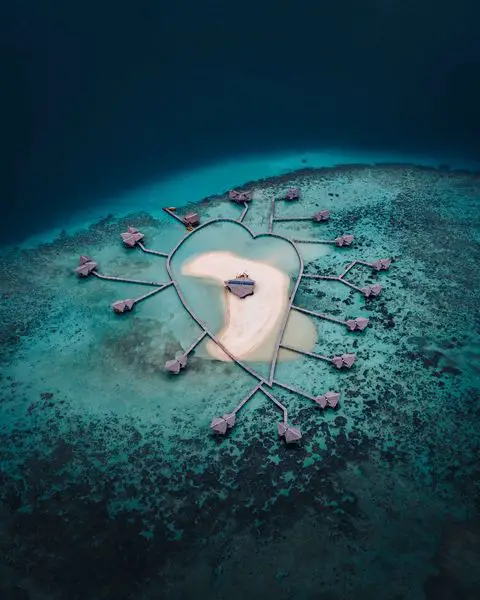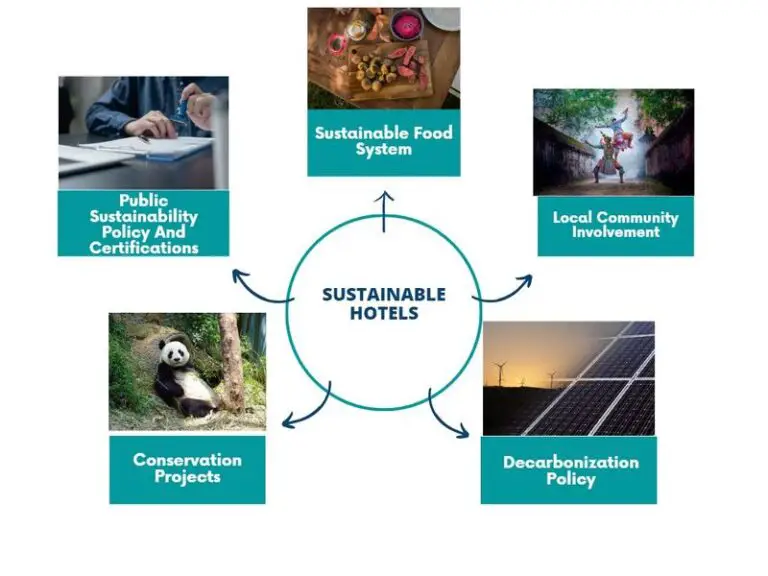What is Ecotourism? Ecotourism is traveling and visiting areas where the main attractions are flora, fauna, and cultural heritage. However, ecotourism is more than heading to natural parks or wild destinations; it is about doing so environmentally soundly.
Ecotourism relates to visiting natural areas and focusing on environmental preservation, understanding, and minimizing humankind’s environmental impact. It should help promote a better knowledge of wildlife and ecosystem conservation and the financial sustainability of local communities.
Ecotourists must actively take steps to improve ecological preservation, wildlife protection, financial sustainability, and local areas’ social well-being.
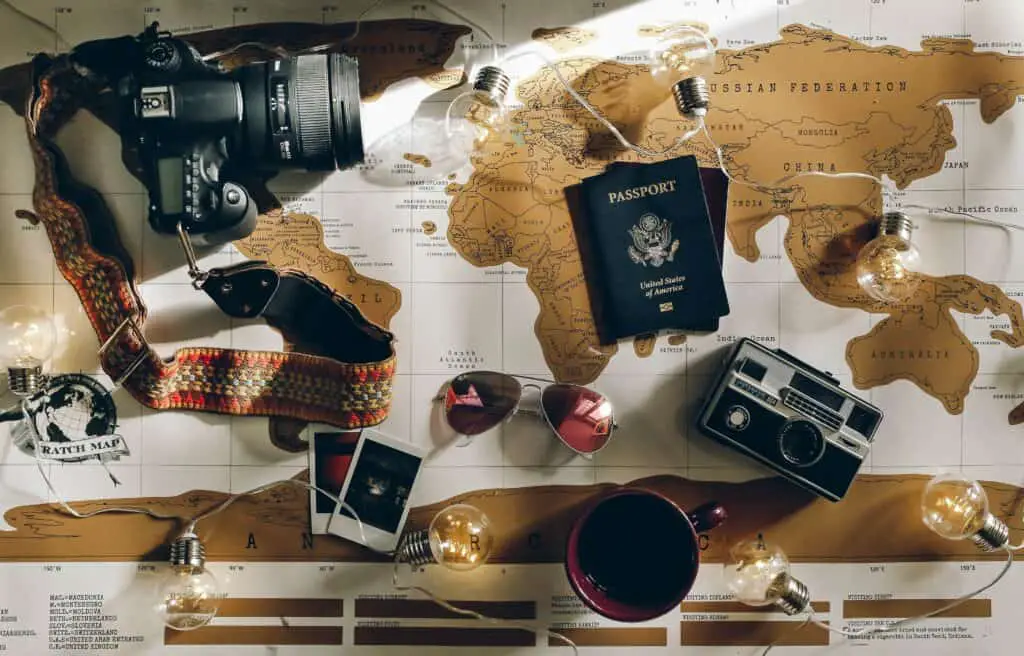
Ecotourism VS Sutainable Tourism
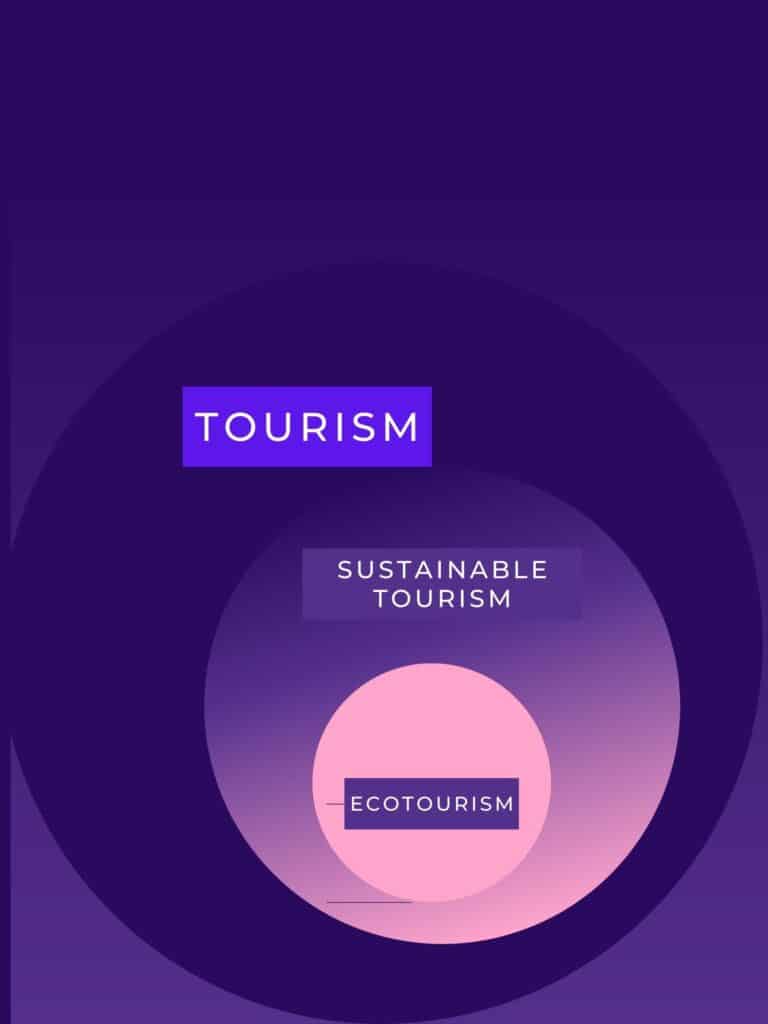
People sometimes use the term ecotourism interchangeably with sustainable tourism. However, sustainable tourism is a much broader term that embraces ecotourism as a form of sustainable tourism related to natural and wild destinations.
Tourism is a beautiful way to discover the magic and beauty of our planet. It is a way of learning about new cultures, exploring natural places, traditions, and history, and enjoying landscapes, villages, and cities.
Tourism produces significant economic input; over three trillions US dollars are injected into the economy from tourism. It helps people to relax and allows for better mental health.
However, tourism also comes with damages and problems due to the sometimes inappropriate behavior of travelers and businesses.
Ecotourism is a way to enjoy traveling and love and protect our planet simultaneously.
According to the international ecotourism society, all companies and actors involved in the ecotourism industry should follow these principles:
- Endeavor to reduce physical, social, and psychological disruptions to a minimum.
- Cultivate an understanding and respect for both the environment and local cultures.
- Ensure the experiences are beneficial and fulfilling for both tourists and local communities.
- Generate economic returns that directly contribute to conservation efforts.
- Create shared financial prosperity for the local communities and private businesses involved.
- Offer impactful and enlightening experiences to tourists that increase their awareness of the host country’s political, environmental, and societal contexts.
- Prioritize the design, construction, and management of facilities with minimal environmental impact.
- Acknowledge and respect the customs and beliefs of Indigenous People in the area, partnering with them in a way that fosters empowerment.
Principles of Ecotourism
1. Involve Local Communities in Developing Sustainable Tourism
Communities must control the level and type of tourism they want and need in their areas. Many examples of successful ecotouristic enterprises helped reduce poverty in protected areas. All profits should be reinvested in the region hosting the tourists’ infrastructure and local economy.
2. Reduce the Impact on The Environment and Help Biodiversity Conservation
Implementing ecotourism means regulating the activities to avoid wildlife disruption, reducing, if not eliminating, the risk of negatively impacting biodiversity, protecting forests from littering, and minimizing water wastage and other human activities that can jeopardize the well-being of soil and nature. All the area’s hospitality industry should use renewable energy, minimizing pollution and avoiding food and water waste.
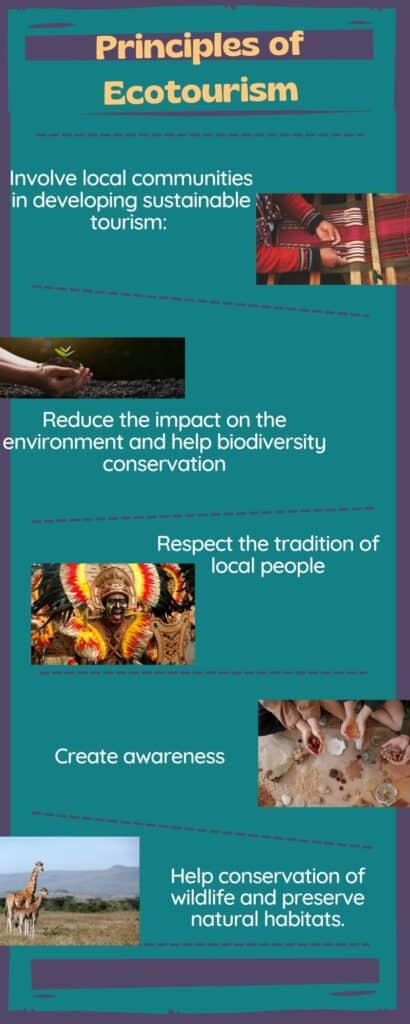
3. Respect the Tradition of Local People
There are different cultures and concepts of living worldwide. Many tourists want to visit countries and villages for their culture and practices, but we must learn how to behave in these places respectfully. Local people must run all activities related to culture and traditions.
4. Create Awareness
Ecotourism encourages exploring and understanding nature, its fragility, local communities, and local cultures. It involves educating people about tourism in the local environment, assisting visitors in learning more about wildlife and helping residents understand and protect their natural surroundings.
5. Help Conservation of Wildlife and Preserve Natural Habitats
Authentic ecotourism will not exploit natural resources and the wilderness. Instead, it will be designed to protect wildlife and allow natural ecosystems to thrive.
What is Ecotourism? - Standards and Guidelines
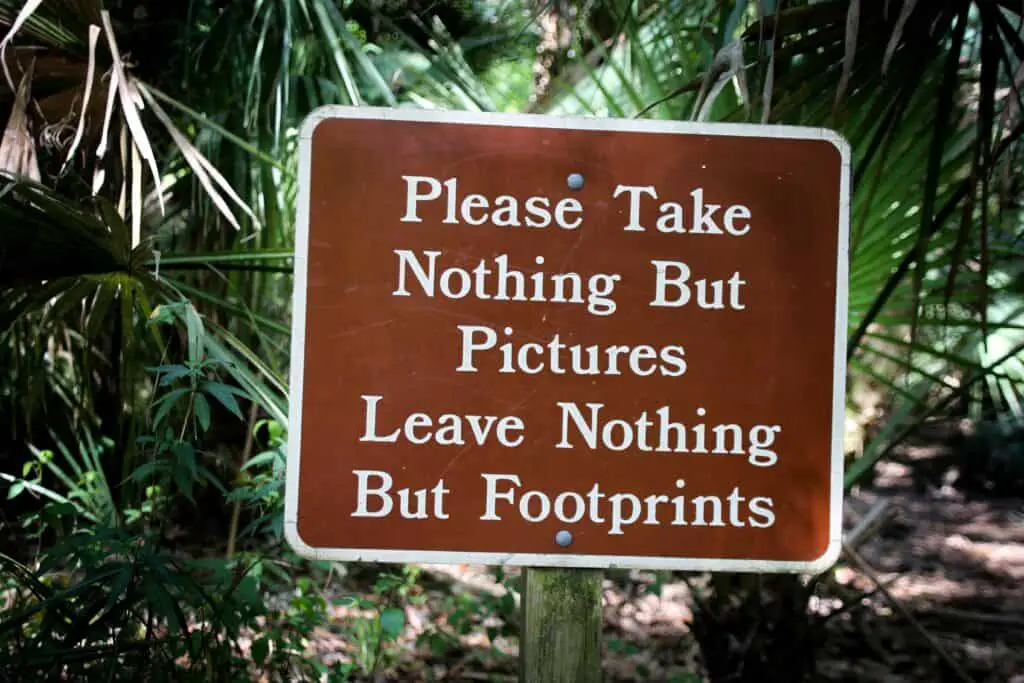
Photo by floridaguidebook
The ecotourism industry has immense potential to be a source of greenwashing. Greenwashing means businesses spend more time and money on marketing themselves as green than investing in reducing their environmental footprint.
Making travel arrangements centered on ecotourism means researching to ensure the travel business you’re working with is sincere in providing substantial advantages to the environment and communities.
Unfortunately, no international standards or official associations regulate ecotourism and report greenwashing activities within the industry. Many in the sector advocate for creating a certifying body that should set standards, develop norms, implement certification, and monitor performance. Travel agents, hotels, tour guides, airlines, local authorities, tour operators, conservation organizations, and non-government organizations should be essential participants in this association.
Nevertheless, some companies and researchers are working to help the sector and the consumer increase awareness and understanding of ecotourism principles. They are helping to set standards for the industry.
- The GSTC is one of the examples of a structured way to assess tourism’s sustainability, and it is helping companies responsible for certification to have a framework to use to ensure that claimed sustainable touristic activities are genuine and not greenwashing.
- Another institution is The Centre for responsible travel (CREST). The institution was founded in 2003 by Dr. William Durham, a renowned Stanford professor of anthropology, and Dr. Martha Honey, a well-known authority on responsible travel. CREST is working to address essential threats to worldwide sustainability by developing innovative tourism-related field projects, research, consultancies, and advocacy. Martha honey is also the author of Ecotourism and Sustainable Development: Who Owns Paradise?
- The International Ecotourism Society: It was established in 1990 as the world leader in the advancement of ecotourism, providing standards and criteria, training, technical assistance, and educational resources. The mission is to create networking opportunities, professional development activities, educational opportunities, and positive changes in the industry. One of the founders is Megan Epler Wood, a well-known author of – Sustainable Tourism on a Finite Planet.
- Hector Ceballos-Lascurain is another authoritative writer. He has published – Tourism, Ecotourism, and Protected Areas: The State of Nature-Based Tourism Around the World and Guidelines for Its Development, an important book that covers not just the basics of ecotourism in protected areas but also marketing, strategic planning, and other aspects of ecotourism.
What Steps Should We Take To Become Responsible and Eco-Friendly Travelers?
In theory, ecotourism is a responsible, ethical and sustainable way to enjoy traveling and, at the same time, help ecosystems and local communities. But in the real world, these goals are not easy to achieve. There are many aspects to consider, and sometimes the whole process of organizing an eco-friendly holiday can be overwhelming. For some people, the best way is to rely on agencies, while others may want to manage every step of their journey.
The Main Factors We must Consider when Planning an Eco-Sustainable Trip are:
- What tour operator are you using? Can they prove they are sustainable and follow the principles of ecotourism?
- Who benefits from your travel? It is vital to research all the different companies and individuals that will benefit from your money and journey. What are they doing to be environmentally friendly? Who runs the company, and how are locals involved in the system?
- Is the hotel (or any other accommodation) running sustainably?
- Pack your luggage as light as possible
- Bring clothes that can be washed and dried quickly.
- Do not waste water while showering; use towels sensibly to avoid water wastage.
- Follow always the principles of reducing, reusing, and recycle
- Buy local and ensure the products are sustainably produced with local resources.
- Save energy
- Always use the trails when excursing, and be aware of local fauna and flora. Learn what you can and can not do.
- Do not litter
- Respect and embrace local cultures.
What Are The Activities For Ecotourists?

Photo by Charlotte Noelle
When it comes to ecotourism, there are endless opportunities for activities that will allow you to enjoy the beautiful surroundings while being a responsible traveler.
- Eco Tours: Participating in tours and visits to natural locations to promote understanding of the region and aid conservation.
- Wildlife photography
- Enjoy the natural beauty through a series of sports activities like hiking, cycling, rafting, rock climbing, caving, swimming, sailing, or snorkeling.
- Guided tours in historical places
- Rescue programs
- Eco-lodging: They range from hotels and lodges built using environmental awareness to “Eco resorts,” which are built in the wilderness and offer tours into the wilderness.
- Agro-tourism: Tourists or volunteers may travel to rural farming communities to assist or gain expertise in sustainable agriculture practices. Ecotourists may be able to work together with these communities to assist in providing sustainable care or to learn about sustainable farming techniques in that particular area.
- Volunteer to help local communities with activities to offset mass tourism’s and modernization’s negative impacts. Ecotourists can plant trees, build houses, or learn local trades. They can volunteer in schools, museums, or research centers to further cultural awareness.
What Are The Negative Impacts of Ecotourism?
Many researchers are studying how to improve the structure of ecotourism and understand best practices and standards, but some argue that many reasons may justify ending ecotourism altogether.
The major criticisms against ecotourism are:
- It pushes animals to interact with humans, and wild animals may lose their survival instinct. Still, this claim has been refused by some scientists that have explained how ecotourism can actually help protect wildlife from poaching, which is much more of a threat than tourism.
- Some ecotouristic activities have led to deforestation and disrupted local villages, allowing space for hotels and lodges.
- Ecotourism can increase the demand for forest products and food to satisfy tourists’ needs.
- Tourists can disrupt local biodiversity through littering.
- Traveling by airplane to ecotouristic areas is, per se, an oxymoron. Some claim that the pollution produced by transportation activities can offset the benefit of ecotourism.
In places where ecotourism fails, there seem to be, according to data, few common denominators:
- The presence of too many tourists to accommodate, with consequent stresses on the environment.
- Local communities are not involved in the process at all stages.
- Not enough revenue is generated for the local people to see the benefit of preserving biodiversity and nature.
Wildlife will undoubtedly suffer harmful consequences if human-animal interactions are poorly managed. But, if we help local communities, they will often see the economic and ecological importance of replanting local trees, protecting and repopulating the local wildlife, and regaining pride in their heritage.
Examples of Ecotourism
Botswana
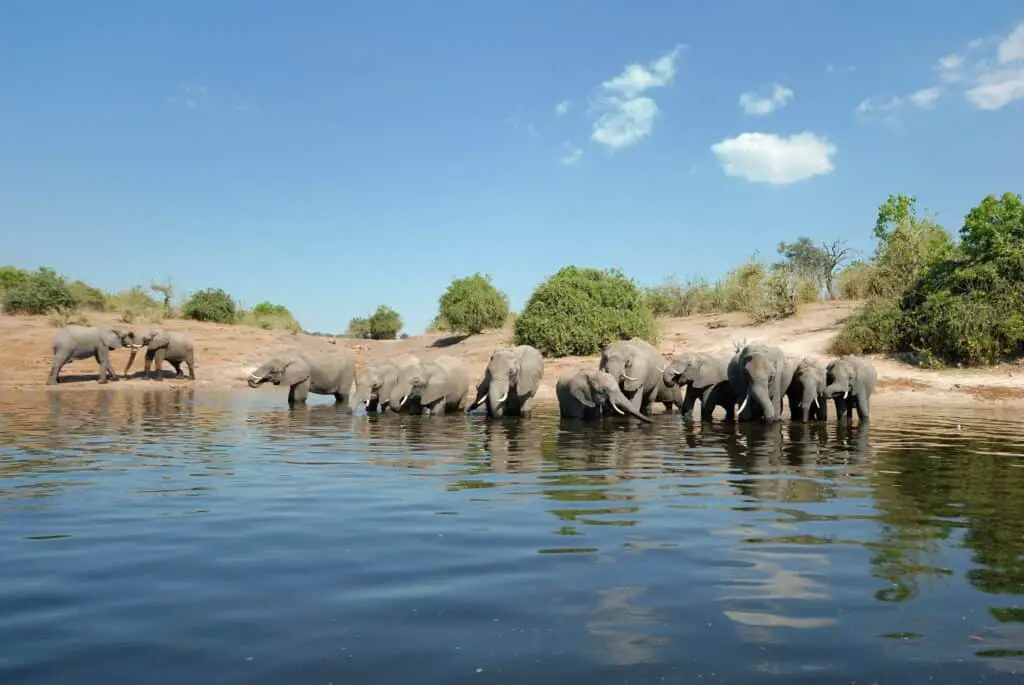
Photo by Colin Watts
Botswana is an example of how ecotourism can help to preserve biodiversity. Botswana relies heavily on ecotourism to provide income and welfare for its people.
Botswana’s government devised a system that increases revenue but minimizes the number of visitors to preserve native environments. Natural parks and reserve areas comprise 17% of Botswana’s total size, and 20% of the land is used for wildlife management.
Tourism in Botswana includes a range of activities such as:
- Photographic safari
- Walking safaris
- Safaris boating
- Mokoro poling (a traditional canoe in the Okavango region)
- Quad biking
- Game flights
- Self-drive tours
- Bird watching safaris
- Fishing
- General photographic activities
- Hunting: The hunting-related industry of Ngamiland is being phased out in favor of ecotourism. Nevertheless, hunting is possibly retained in regions of the Kalahari and Central republics, where ecotourism is less viable.
- Archeological tours
- Cultural trips (in particular to visit the San Bushmen)
This tourism industry in Botswana primarily focuses on magnificent areas of the Okavango Delta and Chobe Kasane region. You can see large mammals such as elephants, buffalo, hippos, and crocodiles and carnivores such as lions, leopards, cheetahs, and wild dogs.
The Ngamiland Okavango Delta is a wetland site of international importance.
20% of the community in the area is directly employed to work in ecotourism.
Touristic activities also generate income for the population by creating and selling grass baskets to tourists, making and selling traditional beer, bead making, and collecting and selling firewood to tourists.
Although with a lower volume, tourism is vital in the Kalahari and Makgadikgadi areas. Tourist activities generally involve quad biking on the salt pans, exploring the desert, and visiting a famous Baobab tree in the area called Chapman’s.
Because of the revenue generated by ecotourism and the preservation it serves, this region is mainly dedicated to wildlife conservation, and the critical grassland habitat, along with other Kalahari biodiversity, is preserved. Removing ecotourism could likely result in the primary land use changing to cattle farming.
Antarctica Ecotourism
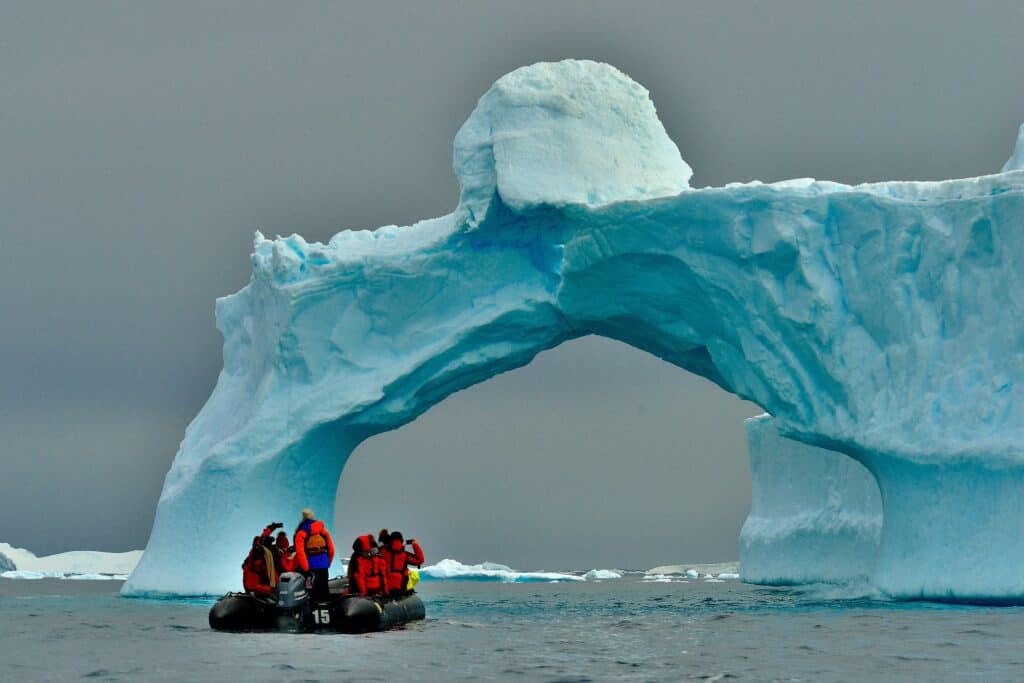
Photo by Long Ma
Antarctica tourism has increased steadily in the last 50 years. The vast majority of activities in the polar regions are related to small ship cruises, some kayaking to explore the wildlife and biodiversity of the area, and hiking.
The ecotourism of the polar regions aims to address the environmental issues afflicting the area. Longline fishing bycatch and its adverse impacts on albatross and other seabird populations, krill harvesting, and climate change are among the main problems.
There is a lot of debate about how sustainable this type of tourism can be and how it impacts the region’s environment. The main questions the researcher ask are: what is the psychological and behavioral impact on tourist when they discover and visit the polar region? Does this positively impact their behavior? In what way can tourism make a difference in the bigger picture of sustainability and preservation of Antarctica?
Namibia Ecotourism
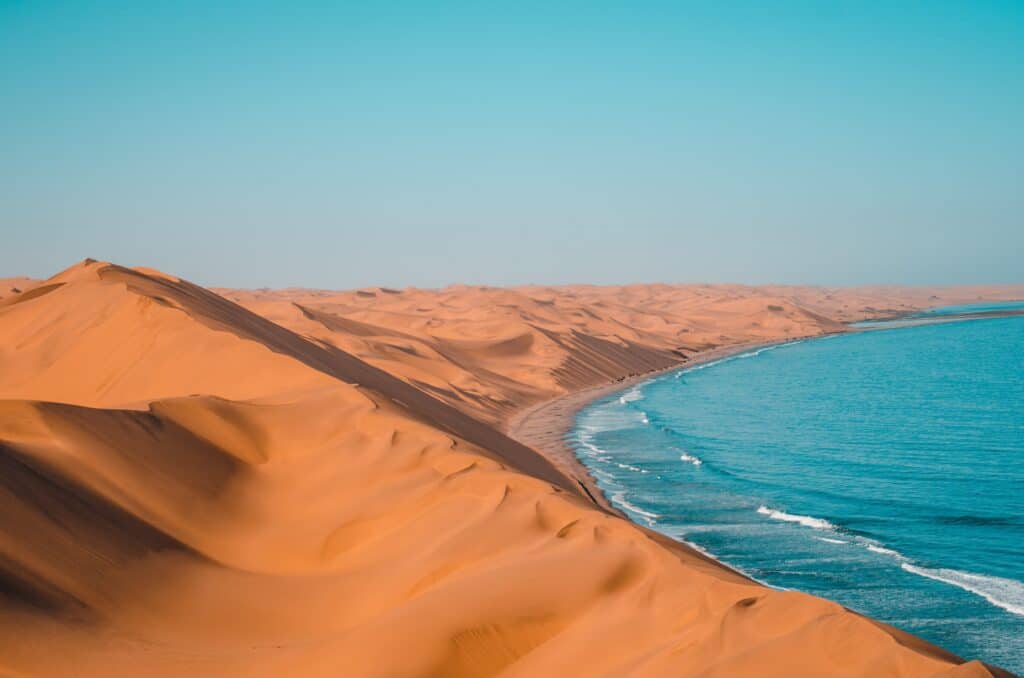
Photo by Sergi Ferrete
Namibia is another country that relies on ecotourism. Thanks to the beautiful scenery and landscapes that nature has gifted to this country. From the beautiful view of the Namib Desert through the Naukluft Mountains and the beautiful fish river canyon. Most of these places rely on ecotourism to thrive. And the most expensive way to enjoy these areas is to rent one of the beautiful ecolodges and enjoy the view.
Costa Rica
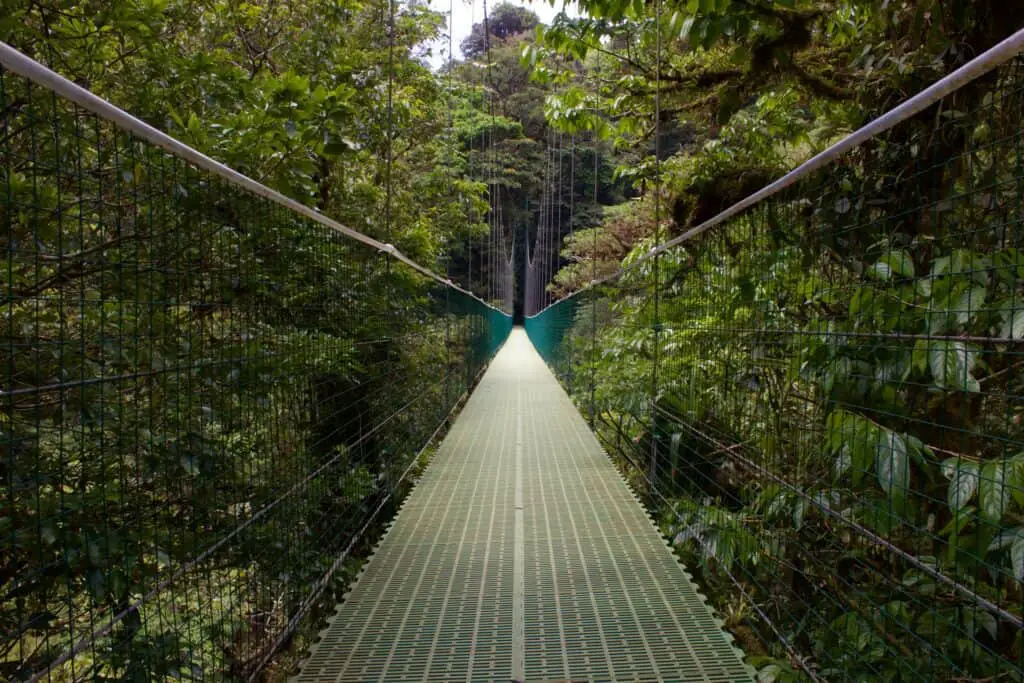
Photo by Leslie Cross
Ecotourism draws many tourists to this country’s extensive national parks and protected areas. Costa Rica pioneered this type of tourism in the 1970s with the rapid expansion of Costa Rica’s national park system to include 70 protected areas covering 21% of the nation’s territory. The country is recognized as one of the few with authentic ecotourism.
The Monteverde Cloud Forest Reserve is a reserve located along the Cordillera de Tilarán. It draws roughly 70,000 visitors a year. High biodiversity, thousands of plants, hundreds of mammals and bird species, reptilian and amphibian species, and thousands of insects have drawn scientists and tourists alike.
Although there is some debate on how modern ecotourism impacts the ecosystems in the country, Costa Rica still has areas with a highly beneficial impact from ecotourism.
The Osa Peninsula, for example, is the last area inside Costa Rica’s Pacific coast where ecotourism is among the primary sort of tourism and the leading industry and a significant ecotourism case for researchers.
Costa Rica is also trying to set standards and implement a structured certification for sustainable tourism.
Conclusions
Ecotourism has the potential to play a significant role in preserving both nature and local communities. Ecotourism can help to support the conservation of ecosystems and the people and cultures that rely on them. It is a responsible and sustainable way to explore our world and has the potential to provide sustainable economic opportunities and promote environmental awareness.
However, ecotourism still comes with uncertainty regarding the potential adverse effects and greenwashing marketing from the companies providing ecotouristic services.
Displacement of the local people, increasing fuel pollution, and the disruption of wildlife are only a few of the criticisms that ecotourism receives. Improving ecotourism requires awareness of how actions affect the environment, and tourists need to choose responsible operators committed to sustainable practices.
At the same time, the industry must create standards to adhere to and implement the best plan of action to improve the benefits derived from ecotourism.

